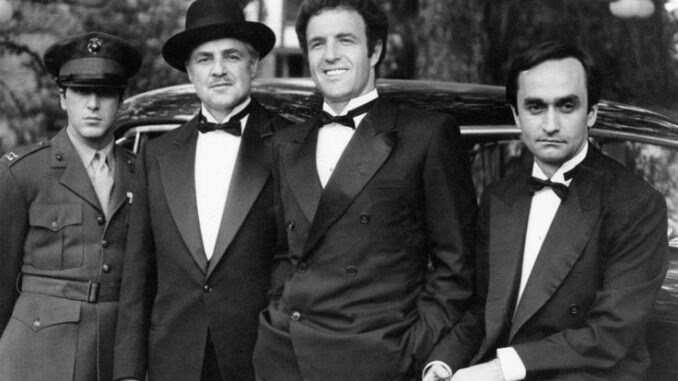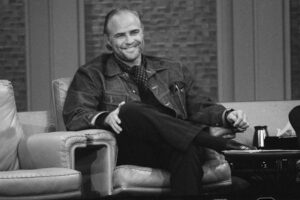
Marlon Brando Young : A Look Back at the Hollywood Bad Boy of the ’50s and ’60s

There are few actors more influential than Marlon Brando. The charisma and intensity of his performances in classic ’50s films like A Streetcar Named Desire, The Wild One and On the Waterfront made him a star, and he came to be considered one of the greatest actors of the 20th century. Brando received many accolades throughout his six-decade career, including two Oscars, and countless actors have channeled the bad-boy swagger he first originated.
Born in Omaha, Nebraska in 1924, Brando and his family soon moved to Evanston, Illinois. Brando gravitated toward acting in high school, but struggled academically, and was expelled in 1941. As he observed in his autobiography, Brando: Songs My Mother Taught Me,”I guess my emotional insecurity as a child — the frustrations of not being allowed to be who I was, of wanting love and not being able to get it, may have helped me as an actor, at least in a small way. It probably gave me a certain intensity that most people don’t have.”
As a young man, he enrolled in a military academy, where he faced further struggles leading to expulsion. Ultimately, misbehavior and lack of direction led him to acting, as he decided to move to New York, where he dove into the dramatic world and studied with the legendary teacher Stella Adler.
Brando made his film debut as a disabled veteran in The Men, a 1950 drama, but refused to cooperate with the studio publicity machine. His next role, in 1951’s A Streetcar Named Desire, an adaptation of the Tennessee Williams play, won him his first Oscar. It was an auspicious start to a career that would last (albeit with many ups and downs) until the early ’00s.
Brando’s role as Johnny, a rowdy motorcycle gang leader, in The Wild One (1953) made him a role model to the rock and roll generation. Thanks to Brando’s onscreen rebelliousness, sales of leather jackets and motorcycles went up, and future stars like James Dean and Elvis Presley were inspired by his swaggering cool.
The role didn’t just make an impact on ’50s youth, it also had great personal significance to Brando. “More than most parts I’ve played in the movies or onstage, I related to Johnny, and because of this I believe I played him as more sensitive and sympathetic than the script envisioned,” he said in his autobiography. As he explained, “There’s a line in the picture where he snarls ‘Nobody tells me what to do.’ That’s exactly how I’ve felt all my life.”
In the ’50s, Brando was a major box office draw, but his career took a downturn during the ’60s. During the production of Mutiny on the Bounty (1962), he was criticized for his tantrums, trying to alter the script and having numerous affairs. His behavior further contributed to his reputation as a difficult (though brilliant) star, but the film ultimately affected Brando’s life in a positive way, as he fell in love with Tahiti, and would go on to buy land there.
As the ’60s continued, Brando was still seen as difficult to work with. The early ’70s, however, would provide a much-needed rebirth for his career. After a string of box office failures, The Godfather, Francis Ford Coppola’s 1972 mob epic, gave Brando a much-needed boost. Brando’s unforgettable turn as mafia boss Don Corleone won him the Academy Award for Best Actor. In characteristically defiant fashion, he turned down the Oscar in protest of Hollywood’s treatment of Native Americans, and had a Native American woman named Sacheen Littlefeather show up to decline the award on his behalf.
Brando would continue acting in later decades, and while he’d often be accused of overacting or veering into caricature, he remained an icon. He died at age 80 in 2004, and nearly 20 years later, his legend remains strong. Here’s a look back at some of his finest performances.
